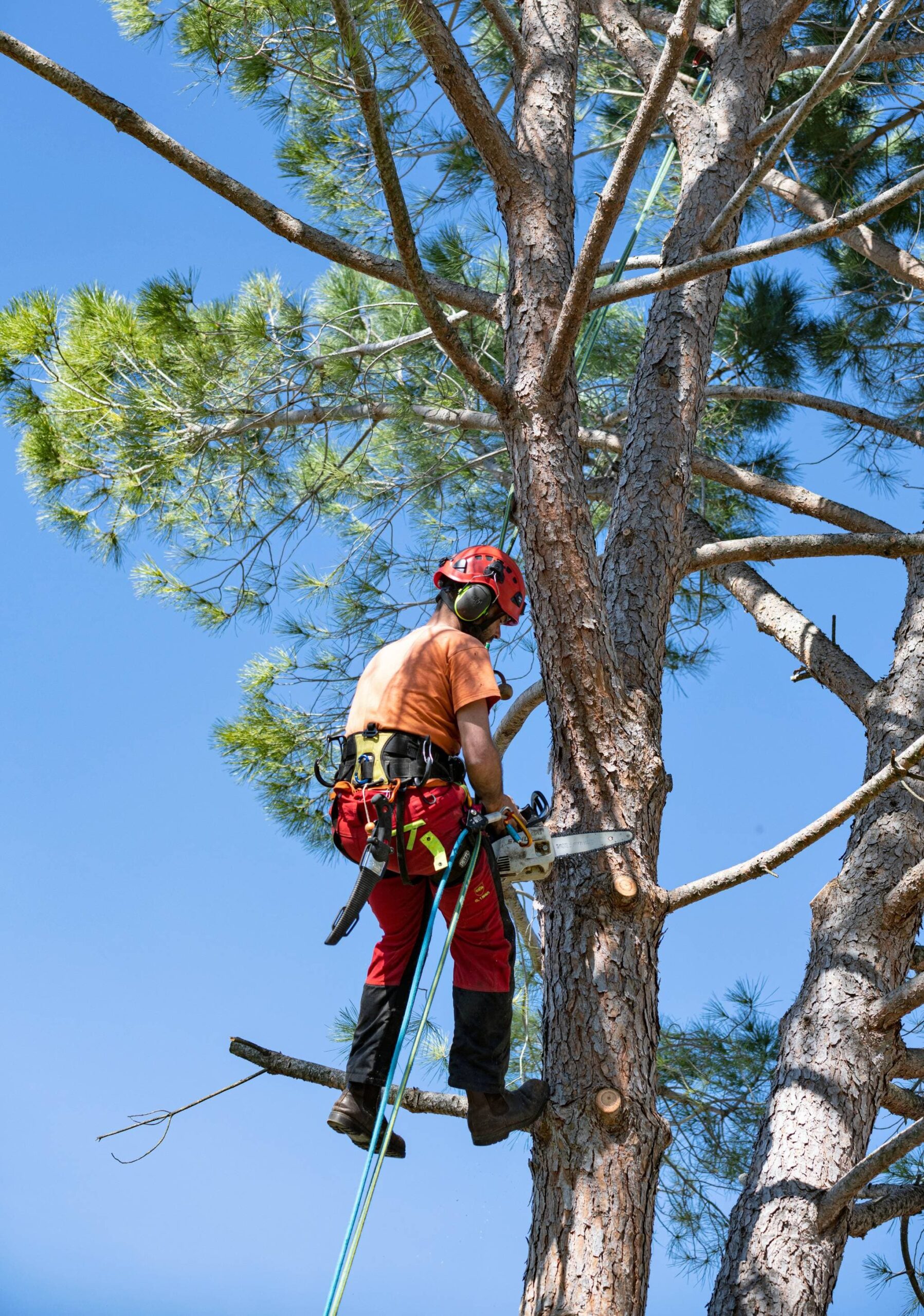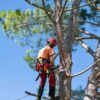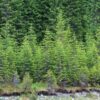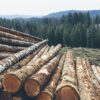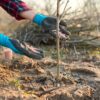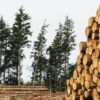Monthly Report - November 2024
The log market has remained stable over the last month, with little change to domestic and export prices. Given the high price volatility of the last 12 months, there is general sense of “lets hope it lasts” with prices good enough keep our people working whilst forest owners are getting a reasonable return on their 26 – 30 year investment.
Current national harvest levels are in very approximate symbiosis with demand, but there is a potential for those planets for fall out of alignment as we approach the higher production summer months in NZ.
The big unknown facing the world wood fibre trade, surrounds Trump mania and just how the imposition of tariffs on China exports to the US will play out. The China market generally remains in a very much sitting on its hands mode with nervousness being the order of the day. This reveals itself in a reluctance to negotiate purchases of NZ logs beyond the immediate term.
On the surface the China market looks in reasonable shape. Softwood log Inventory levels across the Eastern Seaboard remain a very healthy 2.9mil m3 and daily consumption is running at 60,000 m3. This equates to about 1.5 mil log m3 usage per month which is currently running at about the same level as supply.
Just to emphasise how important China is to the NZ forest sector, 1.5mil cubic metres of logs would build about 65,000 average kiwi houses equating to 750,000 houses per year. And that level reflects a China consumption that remains relatively subdued compared to the last 3 years!
Sitting underneath what looks like an OK market, is a continuing slide in China domestic prices. There is the potential for NZ production to pick up in the summer months dovetailed to the likelihood China manufacturers are about to face some tariff headwinds with about 40% of their furniture, mouldings and componentry sales to the US.
Since the US election there has been a noticeable reduction in buyers prepared to sign contracts or issue Letters of Credit for Kiwi logs. Market indicator A grade logs have remained stable in November at a selling price of US$CFR125 per m3. Most commentators are suggesting the currently CFR levels are likely face some heads winds for December and January settlements.
Over the last month, both Uruguay and the US Pacific North West have re-entered the China softwood log supply sandpit that has been dominated by NZ for many years. This is not good news in the longer term if successful. Most commentary suggests they will struggle to secure a sustainable cost-effective supply chain, but any additional volume is certainly not required right at the moment.
India has continued to become more important to us with several shipments planned or on the water. The India trade is dynamically different to China. China trade is dominated by larger Government owned companies issuing LCs with sales to trading companies who use, and sometimes own sawmills that effectively operate as custom sawing operations for large developers and manufacturers on fixed log to lumber price contracts.
A typical China log vessel will be sold to a single entity with lotting reflecting only the various log grades. Loading a China vessel is a relatively straight forward exercise with markings on logs only to inform the discharging Stevedore of a grade change.
India trade is to a sawmill or plywood mill owner who work through agents who will typically have some skin in the game via ownership of some of the mills they are supplying to. A typical India vessel can have up to 30 lots with the cargo assigned to known customers. They each will typically have a supermarket list of what they want.
Loading a India vessel is much more complex exercise with lotting and log markings required to inform the discharging Stevedore where there is customer change. For a typical vessel that could mean up to 100,000 logs have to have a colour painted on one end or both, so the discharging Stevedore can ensure each customer gets what they have ordered.
Despite the complexities and higher costs, there is a very strong desire by many of us to build an India supply line as an alternative to what is clearly going to be the continuing shaky Isle of China.
As always, please remember the thoroughly important message, “despite the challenges, it remains, as always, fundamentally important, the only way forward for climate, country and the planet, is to get out there and plant more trees”!
Allan Laurie.
Laurie Forestry.

